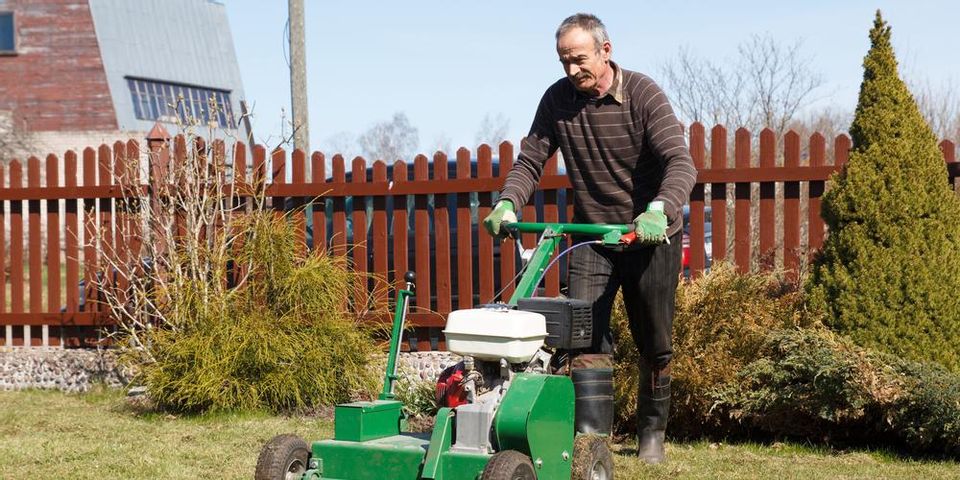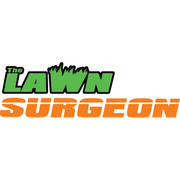
Because there are many lawn care tasks that go into cultivating a vibrant, healthy yard, core aeration is sometimes overlooked. In reality, however, this is a crucial part of maintaining a healthy lawn that can prove just as important as fertilizing, mowing, and weeding. Here’s a closer look at why core aeration should be a yard care priority.
What Does Core Aeration Do?
 Your grass doesn’t just depend on what happens above ground — its growth is also linked to the quality of the ground itself. Over time, however, the soil in your lawn can get compacted, which makes it harder for water, fertilizers, and other nutrients to get to the grass roots.
Your grass doesn’t just depend on what happens above ground — its growth is also linked to the quality of the ground itself. Over time, however, the soil in your lawn can get compacted, which makes it harder for water, fertilizers, and other nutrients to get to the grass roots.
This is especially common for high-traffic lawns as well as in lawns that were planted using sod. Poor soil quality can make it harder for the grass to withstand excessive heat, making it less likely to survive harsher weather conditions.
The Aeration Process
Core aeration resolves these issues by removing small cylindrical pieces of soil from the lawn. In most cases, a specialized machine will be used to remove the soil plugs. By breaking up the soil, roots will be better able to absorb the nutrients they need to grow.
Aerating should typically be done once a year, either in the spring or fall. For best results, aeration should be performed while the soil is relatively moist. After core aeration is complete, the soil plugs can be chopped up with the lawn mower or a rake. Overseeding after aeration is an excellent way to further enhance your lawn’s appearance.
Whether you need help with core aeration or another residential landscaping task, you can depend on The Lawn Surgeon to help your yard look its best. Serving Middlesex and Greater Hartford Counties, CT, since 1985, this family-run business keeps yards big and small in top shape with a wide array of services. To learn more about their work, visit them online or call (860) 635-1127.
About the Business
Have a question? Ask the experts!
Send your question

